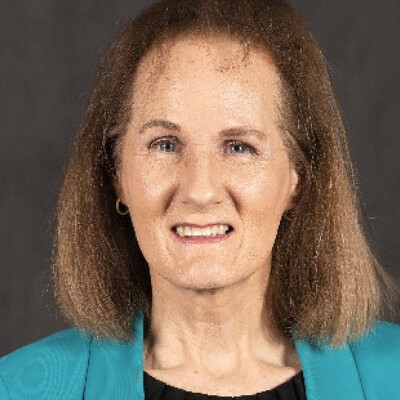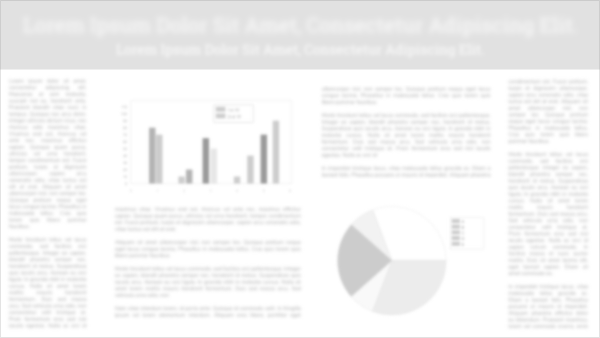Is There a Magic Formula? Impact of Team Size and Composition on Students’ Interprofessional Socialization and Team Performance
Background: Team composition and size may influence student learning during interprofessional education events. This study investigated the impact of team size and composition (number of disciplines on a team) on changes in student interprofessional values and standardized patients’ (SPs) perceptions of team performance.
Methodology: Students from 7 professions (Dentistry, Medicine, Nursing, Occupational Therapy, Pharmacy, Physical Therapy, and Social Work) participated in an interprofessional telehealth team visit (IPTTV) with standardized patients. Teams of students virtually met with their SPs and developed a care plan. The study evaluated changes in Interprofessional Socialization and Valuing Scale (ISVS) scores that were collected before and after the IPTTV, using Part A as pre-test and Part B as post-test to reduce retesting bias. SPs’ perceptions of rated team performance were assessed using the Modified McMaster Ottawa tool. Key variables analyzed included team size, the number of disciplines present per team, and Blau heterogeneity index (Blau, 1977) which concomitantly accounts for the number of disciplines and team size. Wilcoxon signed-rank test compared within discipline changes. Kruskal-Wallis or Mann-Whitney U tests compared data between groups, as appropriate.
Results: Among 828 students, 447(54%) had matched pre-post ISVS data; SP evaluations were available for 143 of 145 teams. Team size ranged from 3-7 students involving 3-5 disciplines. Overall, students demonstrated a significant improvement in ISVS scores from pre- to post-IPTTV (mean change +0.59, p< 0.0001). This increase was observed across all disciplines, with Nursing showing the highest mean change (+0.86) and Occupational Therapy showing no significant change (+0.47, p=0.50). Team size (p=0.93), the number of disciplines on the team (p=0.44), or the Blau heterogeneity index (p=0.43) did not influence change in ISVS scores. Similarly, SPs’ perceptions of team performance were not influenced by team size (p=0.40) or the number of disciplines on the team (p=0.65).
Conclusion: Across the observed ranges of team sizes (3-7) and compositions (3-5 disciplines), students from all disciplines showed improvement in interprofessional values as measured by the ISVS. Neither team size nor the number of disciplines on a team significantly impacted the magnitude of ISVS score change or SPs perceptions of team performance.
Reflections/lessons learned/implications: Scheduling and resource constraints often necessitate flexibility in team formation. These findings suggest that educators have some degree of latitude forming interprofessional learning teams of various sizes or composition. Future studies should include assessments of students’ personality traits as they may have mediating, moderating, or confounding influences on these findings.









